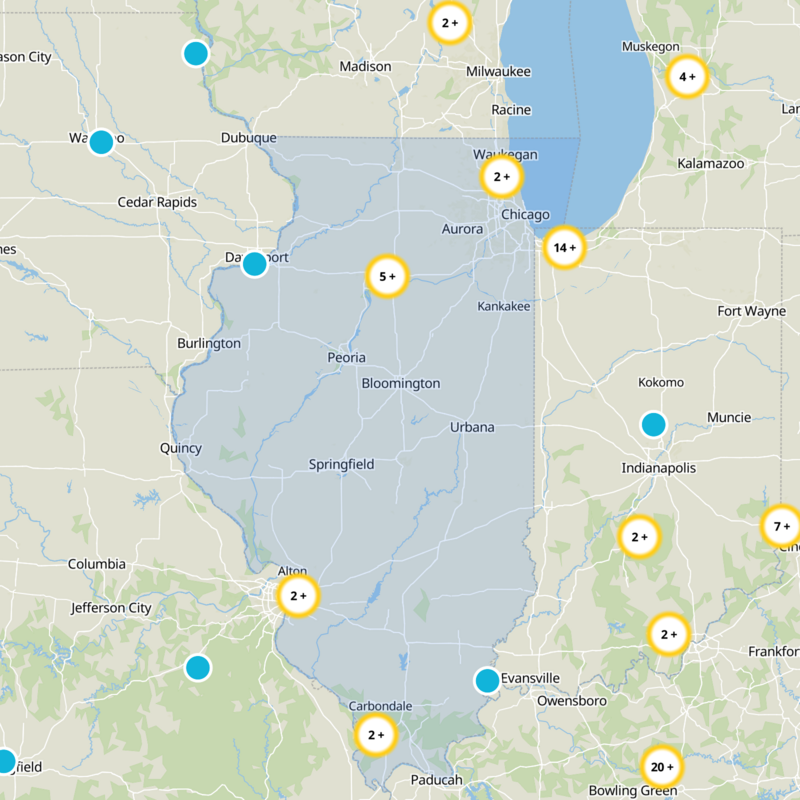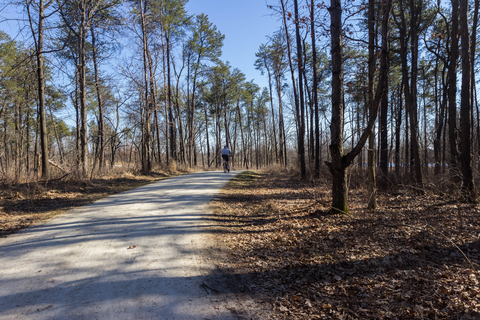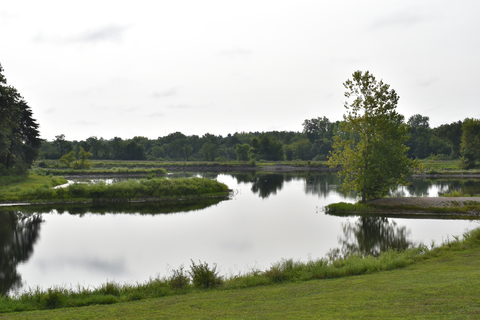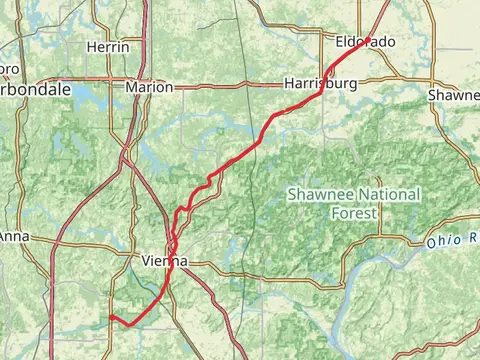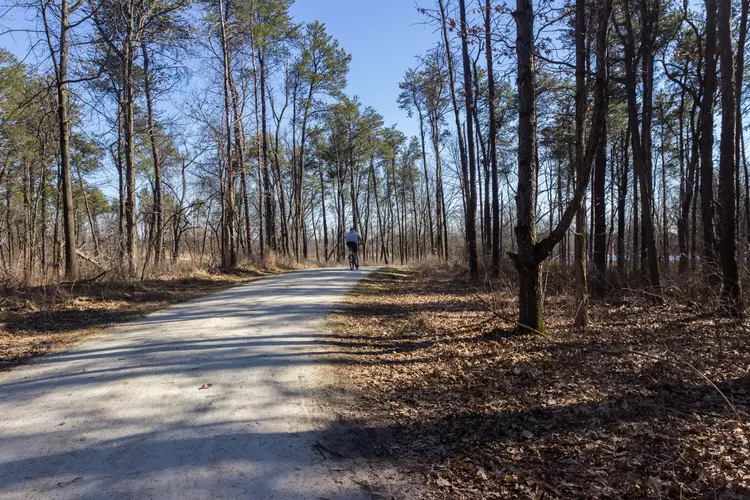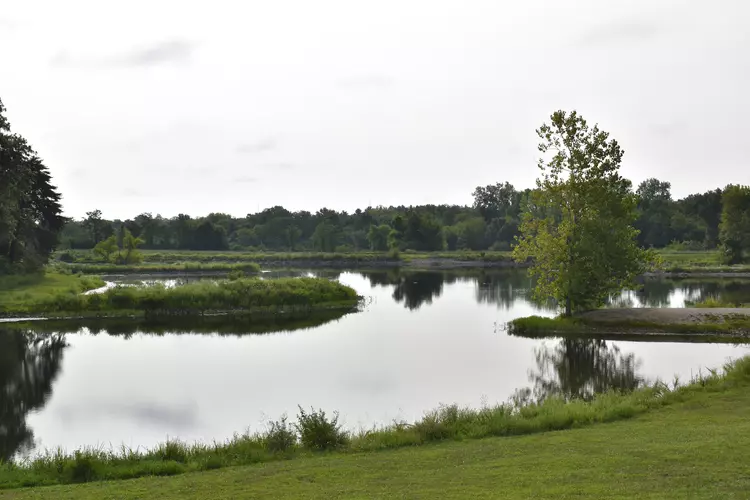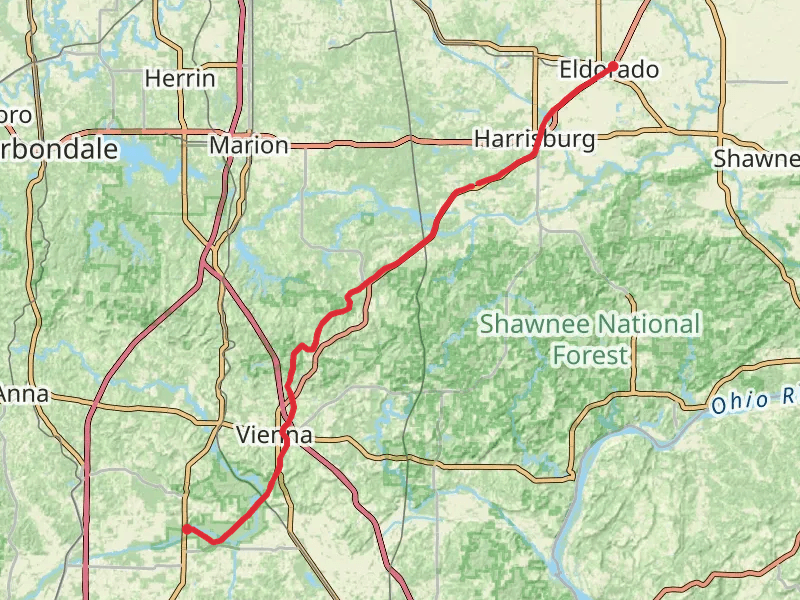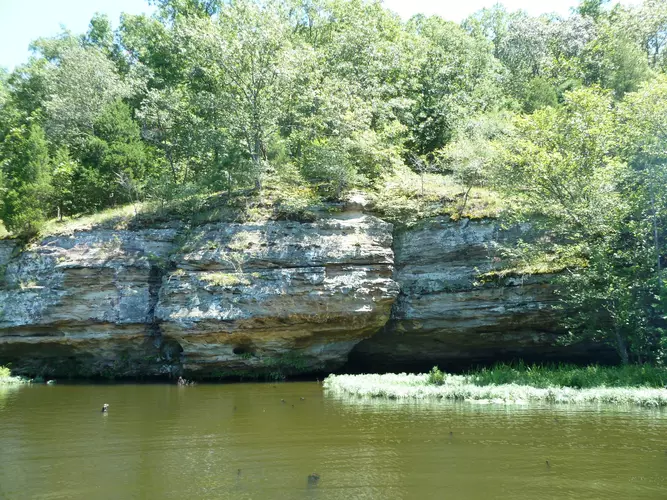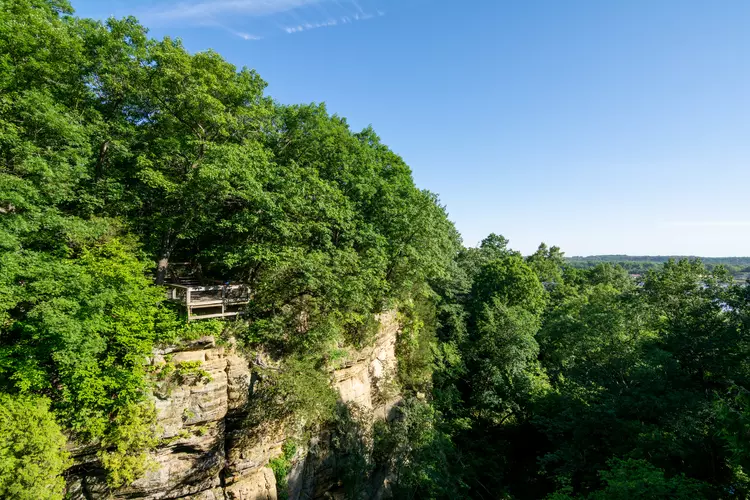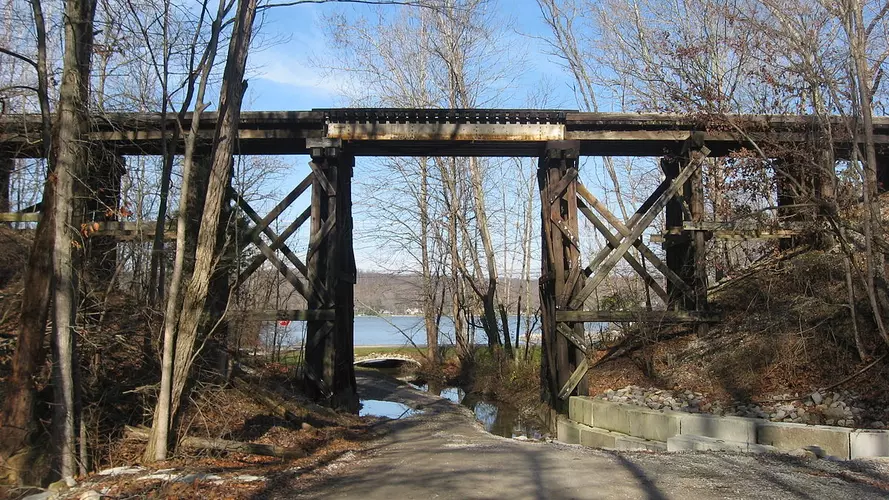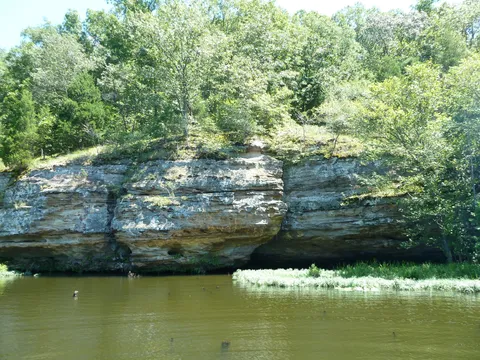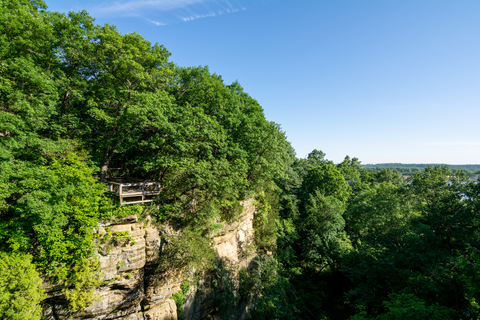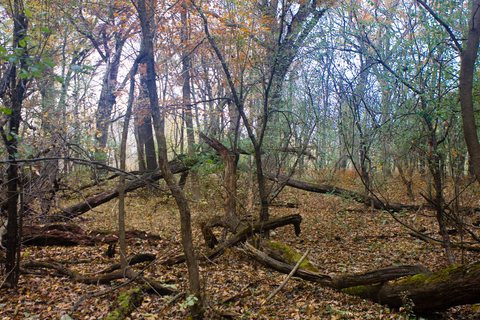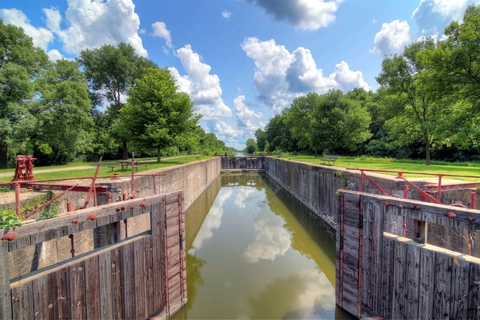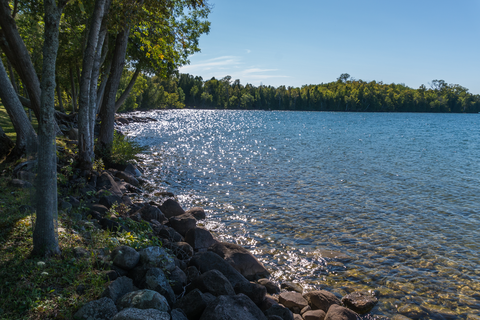"Explore Illinois' trails for waterfalls, wildlife, and vibrant landscapes, offering adventure and tranquility."
Illinois offers a surprising array of hiking experiences, from the rolling hills of Shawnee National Forest to the serene paths of Starved Rock State Park. Discover the lush canyons, cascading waterfalls, and diverse wildlife that make each trail unique. Whether you're trekking through the vibrant fall foliage or enjoying a peaceful summer walk, Illinois' trails promise adventure and tranquility. Embrace the state's natural beauty and let each step reveal a new wonder waiting to be explored.
Most popular hikes
FAQs about hiking in Illinois






